If your feline friend has developed a penchant for nibbling on plants, you’re not alone. Many cats are drawn to the allure of greenery, but it’s crucial to ensure their safety, especially when dealing with potentially toxic plants. Here’s a quick guide on what to do:
- Identify Safe Plants:
Firstly, determine if the plants in your home are safe for cats. Opt for cat-safe indoor plant options. Here are some common safe houseplants for your pet:- African Violet
- American Rubber Plant
- Christmas Cactus
- Jasmine
- Lipstick Plant
- Ponytail Palm
- Prayer Plant
There are many more plants here to explore.
- Remove Toxic Plants:
If you discover that your cat has a taste for toxic plants, it’s essential to remove them from your home promptly. Common toxic plants include lilies, philodendrons, and certain types of ferns. Here’s a comprehensive list of plants to avoid.If you’re unsure about the safety of specific plants or if your cat has ingested something potentially harmful, consult your veterinarian. They can provide guidance tailored to your cat’s health and circumstances.
- Make Your Home Cat-Friendly:
If your cat really loves eating plants, invest in cat-friendly options like cat nip. You may also use deterrents like bitter sprays on the leaves of toxic plants, making them less appealing to your curious feline.If your pet has consumed a toxic plant, immediate action is crucial. Start by identifying the plant, if possible, as this information will assist your veterinarian in providing targeted treatment. Without delay, contact your veterinarian, detailing the plant, the quantity ingested, and your pet’s symptoms. Follow their guidance on inducing vomiting if recommended and seek emergency care if severe symptoms like difficulty breathing or seizures arise. If able to, bring samples of the plant to aid in identification.
Acting promptly and seeking professional guidance can significantly impact the outcome for your pet in cases of plant toxicity.
While it’s natural for cats to be intrigued by plants, ensuring their safety is a top priority. By being proactive, removing toxic plants, and providing safe alternatives, you can create a cat-friendly space that keeps both your pet and your plants thriving.

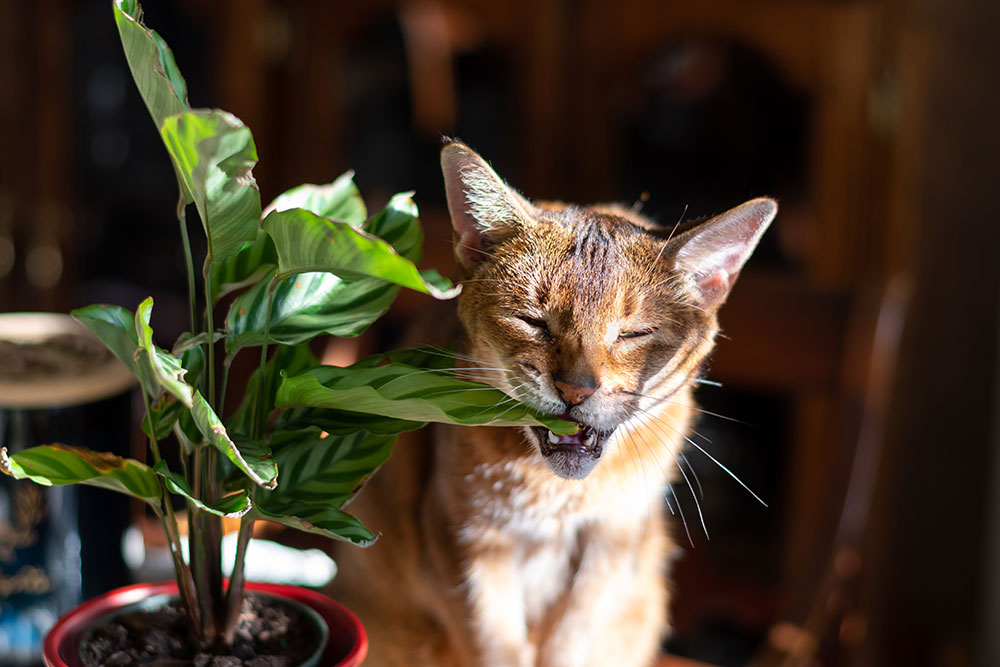
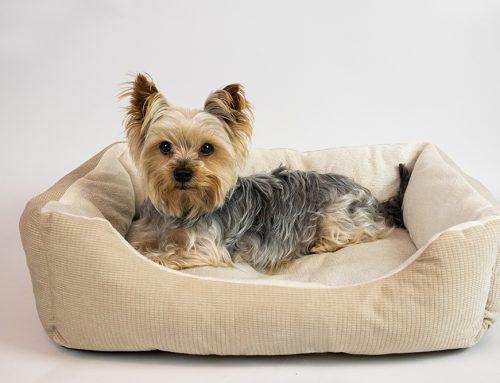
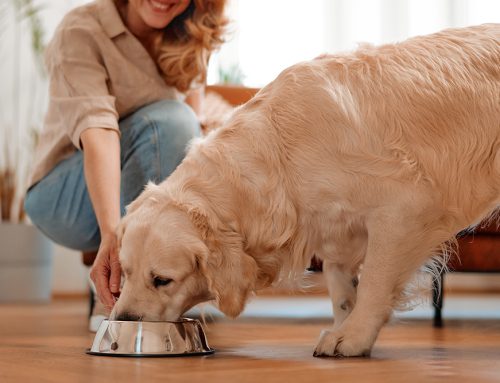
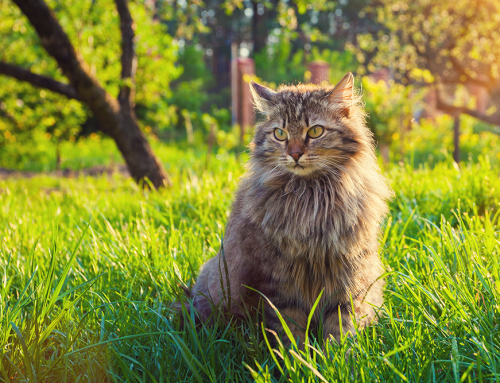
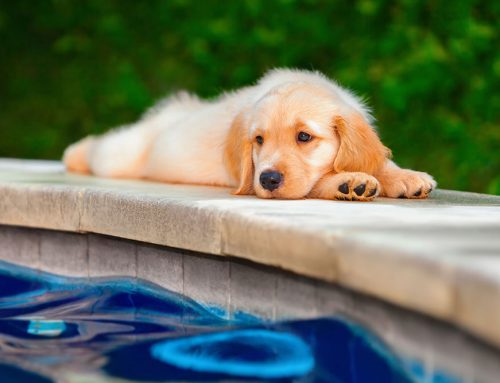











Leave A Comment